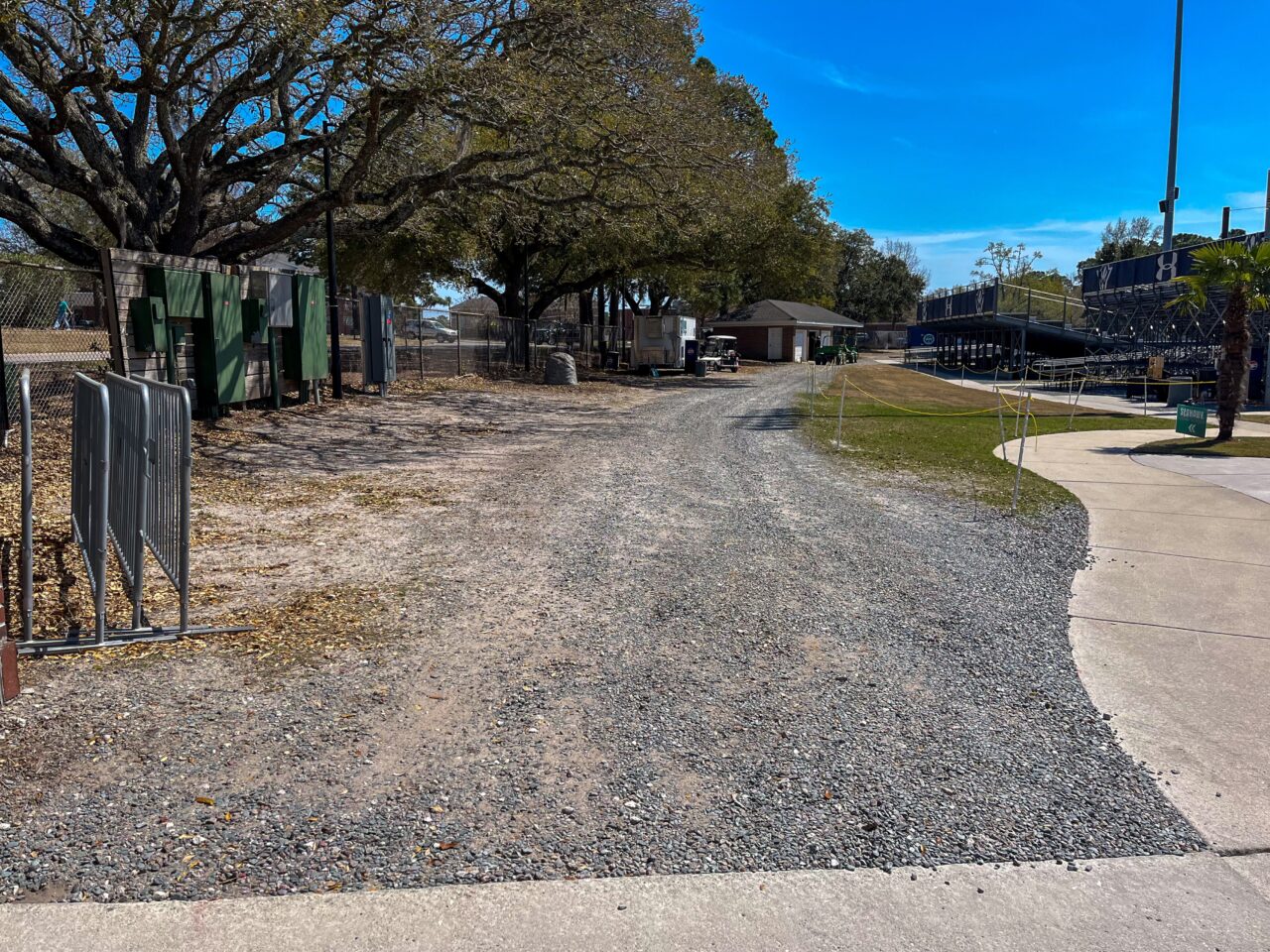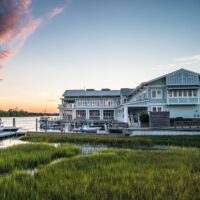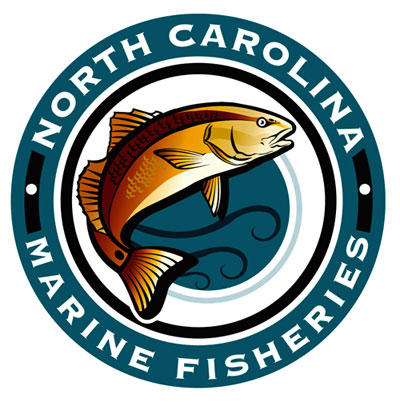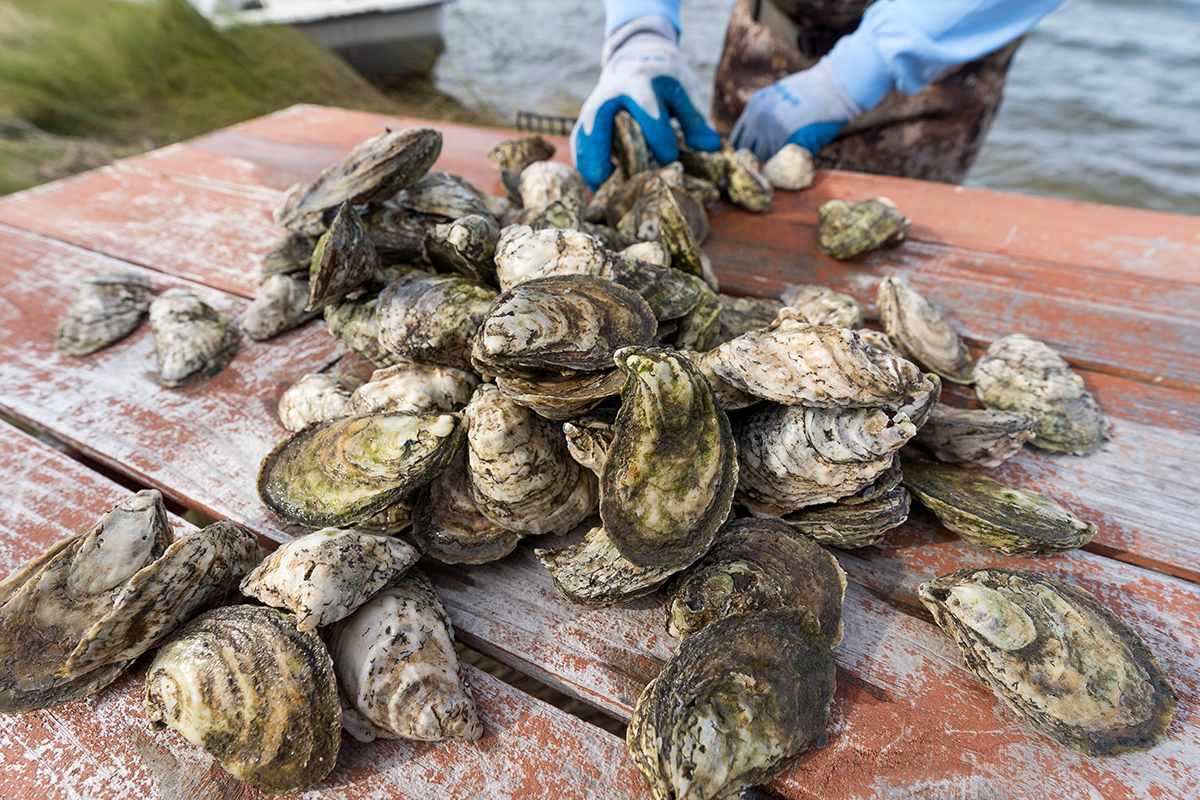
Another project on the University of North Carolina Wilmington campus is underway to help protect the quality of nearby waters.
Crews are transforming a 250-foot hard, compacted service road at the newly renovated Brooks Field into a permeable drive that soaks in rain. The material helps to reduce flooding and decrease the volume of polluted runoff flowing into the Bradley Creek watershed, the North Carolina Coastal Federation said Tuesday.
Supporter Spotlight
The project is one of many on university in New Hanover County that implements the Bradley and Hewletts Creeks Watershed Restoration Plan. Wilmington adopted the plan in 2012 to guide reducing the volume of stormwater runoff in the two watersheds that connect the city, Wrightsville Beach, and Masonboro Island.
UNCW is the largest landowner in the Bradley Creek Watershed.
“We are pleased to be working again with the North Carolina Coastal Federation and Heal Our Waterways to reduce runoff on campus and showcase nature-based solutions on site,” UNCW Chief Sustainability Officer Feletia Lee said in a release.
Since 2019, the University has partnered with the North Carolina Coastal Federation, which publishes Coastal Review, and Wilmington, particularly the city’s Heal Our Waterways Program, to install rain gardens and parking lot retrofits on campus.
“We’re proud to see this partnership continue to make meaningful progress toward the goals within the Bradley and Hewletts Creeks Watershed Restoration Plan,” said Wilmington Watershed Coordinator Anna Reh-Gingerich. “It’s encouraging to see the momentum from these projects steadily grow at UNCW and throughout the community, especially with a new permeable paver project set to begin soon at Mad Mole Brewing after the current installation is complete.”
Supporter Spotlight
Construction on both the UNCW and Mad Mole projects is being completed by the team at Thorpe Landscapes of Wilmington. The company provides landscaping, hardscapes, permeable pavers, and outdoor construction services in the Cape Fear region.
“These projects serve as a great showcase of responsible and attractive stormwater management that any landowner can implement,” Coastal Federation Water Quality Director Bree Charron added.
This stormwater retrofit project was supported by the North Carolina Division of Water Resources’ EPA Section 319 Water Quality Program.







